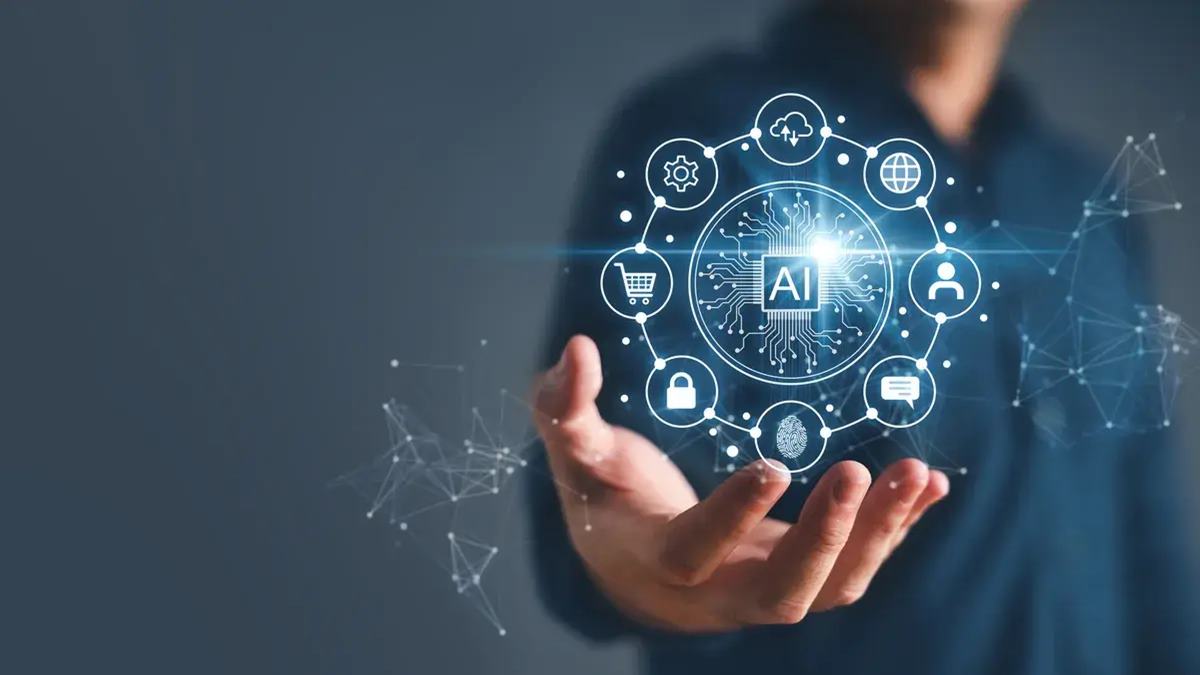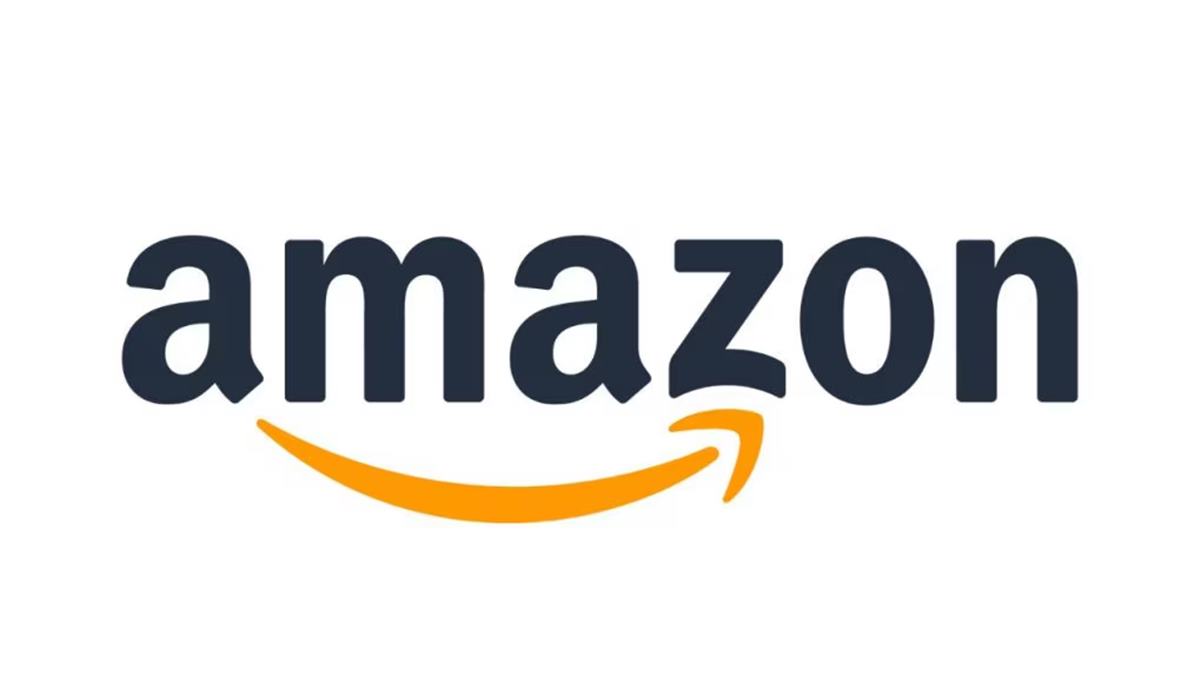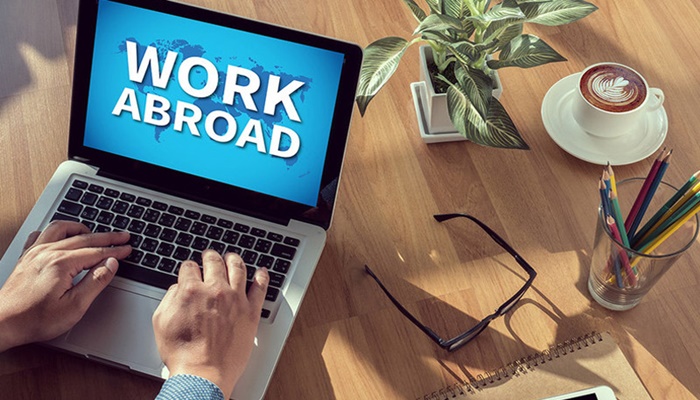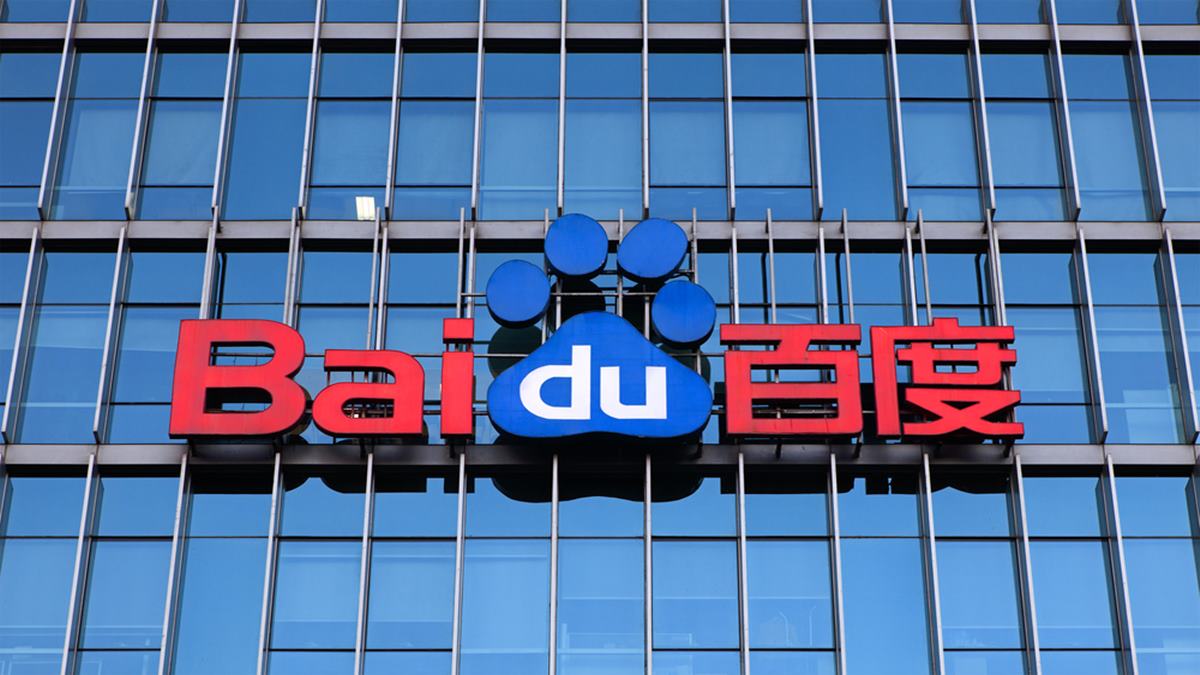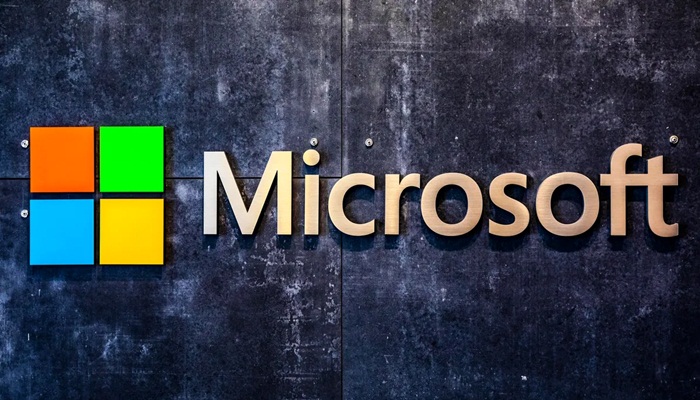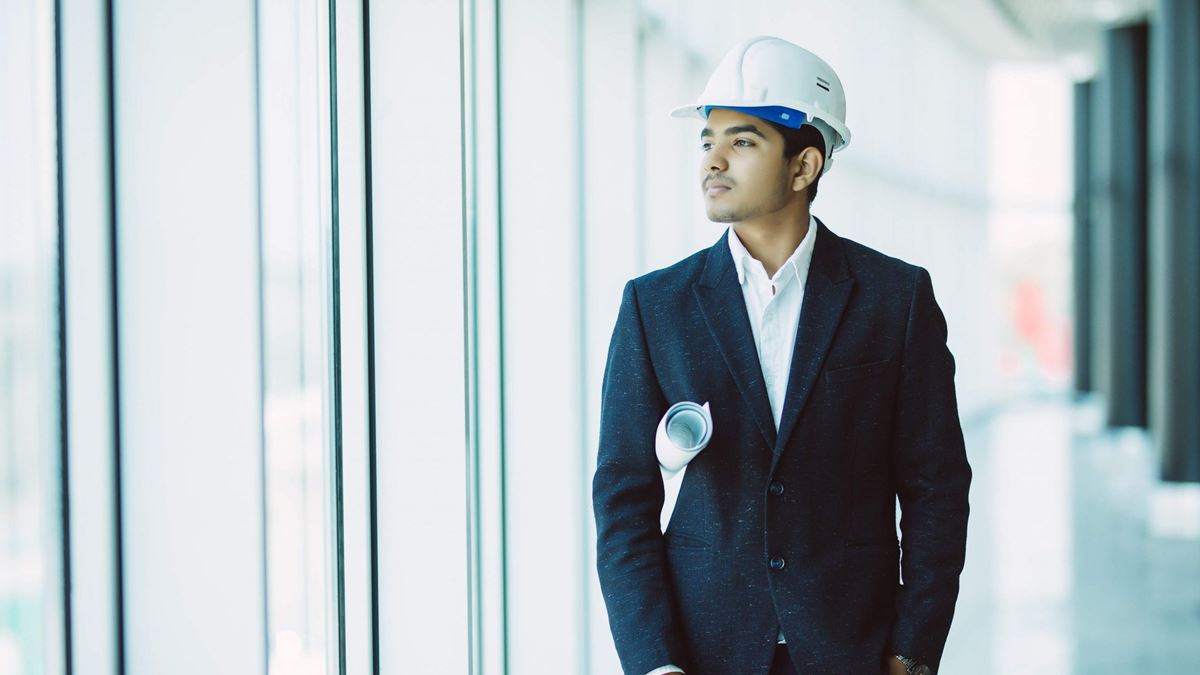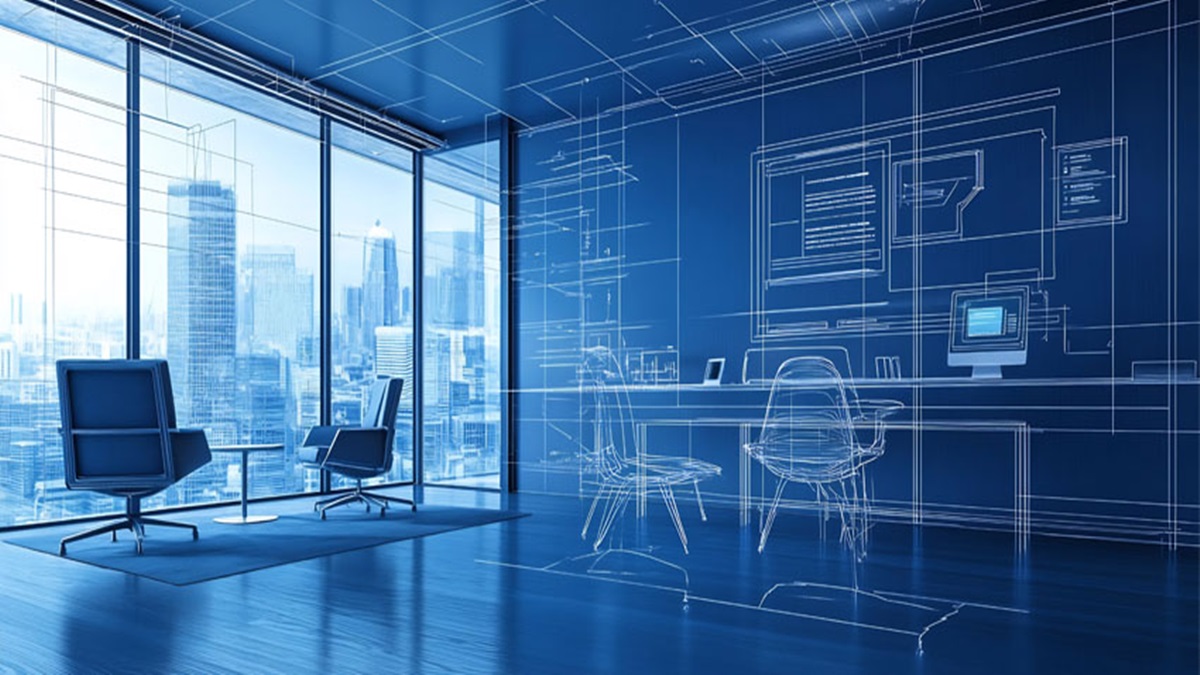Hybrid work hasn’t delivered the clarity many hoped for. Offices sit half-used, energy costs stay high, and employees remain divided on whether the workplace actually supports them. Engagement levels are still low; Gallup’s 2024 survey puts global engagement at just 21 percent, a figure linked to nearly $438 billion in lost productivity each year.
Different leaders feel the strain in different ways. Real estate teams are under pressure to reduce unused space. Facilities managers face the frustration of running HVAC systems at full tilt for buildings that aren’t close to capacity. HR leaders are watching attrition edge up, often tied to poor employee experience.
AI employee experience solutions could be the answer. More than just a solution for automating repetitive tasks, AI is proving its potential to improve resource management, enhance space utilization, and even improve employee well-being. Now, 82 percent of executives see intelligent tools as crucial to the future transformation of the workplace.
At its core, AI for employee experience connects people with place. For organizations facing rising costs and a competitive talent market, that connection is becoming essential.
AI Employee Experience and Workplace Management: The Benefits
Most AI talk in offices starts with automation. Faster meeting notes, quicker help desk tickets, and scheduling done by bots. Useful, but limited. The bigger impact comes when AI cuts through the daily friction that slows people down.
Take search. Employees spend nearly five hours a week just looking for information. That’s weeks of lost time every year. AI search tools are beginning to change that, surfacing documents or even the right colleague without the endless digging.
Or consider room bookings. Traditional systems are clunky. AI-based platforms, like Microsoft Places, pull from calendars and past behavior to predict when teams want to work together and cluster their space accordingly. That means fewer empty rooms, less wasted effort.
Facilities see gains too. Sensors tied to AI can adjust air quality or temperature before anyone complains. It’s a small shift, but fewer interruptions mean people stay focused. Here’s how AI revolutionizes employee and workplace experience.
Smarter Desk and Room Booking Experiences
Booking systems have been around for years, but they were never designed for hybrid. They assume people come in regularly, on set days. Reality looks different. Teams drift in on shifting patterns, meetings get canceled, and desks sit empty.
AI tools are closing the gap. Microsoft Places, for example, looks at calendars, past behavior, and even organizational charts to suggest when and where people should gather. The system doesn’t just reserve a desk; it predicts the best setup for collaboration. For corporate real estate, that means better data on how space is really used. For employees, it means less time spent hunting for a spot.
AI and IoT Sensors for Wellbeing
Comfort at work isn’t always easy to maintain. A room feels too hot, the lights are harsh, and the air feels heavy. Focus drops, and morale dips. In the past, facilities staff waited until complaints came in.
By then, productivity was already gone. IoT sensors now give a live read on air quality, noise, light, and occupancy. AI tools react instantly. More airflow occurs when a space fills up. Lights turned down on empty floors. The heat cuts off at night without anyone touching a switch. Some tools can even remember specific employee preferences and adapt spaces automatically as soon as they check in.
Improving Feedback Collection & Survey Insights
Most companies still run annual surveys. By the time the results are in, teams have moved on and the problems are already baked in. AI tools are cutting that lag. Platforms like Zoom’s Workvivo can scan open comments, track sentiment shifts, and flag early warning signs. Instead of a static report, managers get a live feed of how their teams are feeling.
Insights like these also help to reduce costs. Just by gathering insights into how spaces were actually used, Karger managed to cut office expenses by 80 percent. Elsewhere, Quantum Health saved over $13.5 million in renovations with insights into space utilization.
Smart Personalization at Scale
The first weeks in a new job are usually chaotic – forms, systems, names, policies. A lot gets missed.
AI tools can take some of the weight off. Imagine a digital assistant that answers “how do I…” questions at 10 p.m. or a system that nudges new hires toward the right task or introduction instead of dumping them into a portal full of documents.
Onboarding is just the first stage. After that, AI systems keep track of skills and progress. They suggest training people on the tools they already use. No one has to dig through a long course catalog. An employee might get a short video or guide that fits the task they are doing. The result is better support and stronger retention. HR and EX teams also see which programs actually deliver, which makes it easier to spend money where it counts.
Predictive Analytics for Scheduling & Office Layout
Hybrid work isn’t predictable. Some days, the office feels full, and other days, whole wings are dark. That swing makes planning messy and expensive.
AI helps spot the pattern. It looks at booking history, calendars, and even seasonality and starts to forecast demand. Facilities can schedule cleaning or catering on the right days instead of guessing. Real estate leaders see which spaces barely get used.
The result isn’t just cost savings. It’s a clearer picture of how people actually move through the workplace, which makes decisions about space cuts or redesigns less of a gamble. AER managed to reduce its footprint by 75 percent and save $15 million in leases over 10 years, just with predictive insights.
AI for Recognition, Culture & Nudges
Culture in the workplace is built through everyday interactions. Recognition platforms like Workhuman or Lattice use AI for employee experience to prompt timely praise and surface team wins. They also remind managers when feedback is missing.
Inside Microsoft 365, Viva Insights and Glint Nudges push simple changes into the daily routine. They block out focus time, cut unnecessary meetings, and remind leaders to check in with staff. These small nudges add up.
When recognition and support arrive consistently, morale rises and attrition risks fall. For HR and EX leaders, these tools help build engagement and enable growth, signaling that the organization invests in its people every single day.
Challenges of Using AI for Employee Experience
AI employee experience and workplace management solutions have the power to change everything, from how businesses plan and build workspaces to how teams align in the office. But there are challenges, too, starting with privacy concerns.
AI runs on data. In offices, that means knowing when people swipe in, how often they book rooms, and what they write in feedback forms. This information is useful but sensitive. If staff feel watched, not supported, trust falls apart.
The only way forward is transparency. Explain what data is collected and why. Say how it is stored. Remove personal details where you can. Limit who can view it. When people ask questions, answer in clear, simple language they can trust.
Then there are integration headaches. Enterprises rarely start with a blank slate. There are already tools for calendars, HR, ticketing, and facilities. AI has to sit on top of all that, and it usually doesn’t do it cleanly.
Desk booking has to talk to Outlook. IoT sensors need to push into building dashboards. Feedback systems should feed HR, not live in their own silo. If that plumbing isn’t sorted, adoption dies fast.
Plus, don’t forget about bias. Models learn from history. If history is biased, the AI repeats it. Schedules that favor certain teams. Survey analysis that misreads tone. It creeps in quietly.
That’s why governance matters. Audit the outputs. Check the training data. Keep a human in the loop. Show people how the system reached a decision. If they can’t see the logic, they won’t trust it. Left unchecked, bias won’t just annoy people- it can create real compliance risk.
The Future of AI Employee Experience
AI and the future of work are constantly evolving, and enterprises are already testing new approaches. A few shifts stand out.
- Agentic AI. Instead of waiting for commands, systems act on their own. They notice empty desks, adjust bookings, and fix conflicts. It feels less like a tool and more like a quiet assistant.
- People analytics. HR teams are embracing live dashboards that track engagement, skills, and career paths. Done right, this helps retain talent. Done badly, it feels like surveillance.
- ESG pressure. Facilities are under the microscope on energy and space use. AI that cuts costs while proving compliance will rise fast.
We’re quickly learning that AI in the workplace isn’t just for automation. It’s a tool for shaping an environment where people can focus, connect, and grow without friction. The payoff shows everywhere for enterprises: lower space costs, higher retention, better compliance, and a stronger employee experience.
But the rollout has to be careful. Start with quick wins. Be transparent about data. Pick tools that integrate cleanly. Build trust as you go. Ready to evolve? Explore our complete guide to workplace management and how it’s changing in the age of AI.







